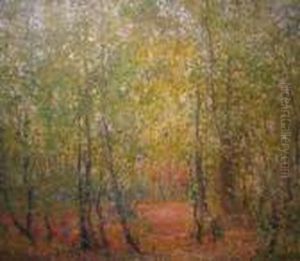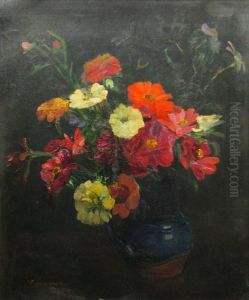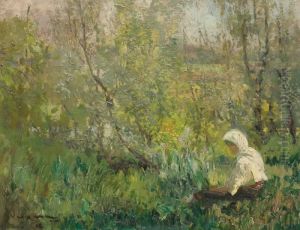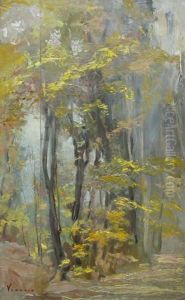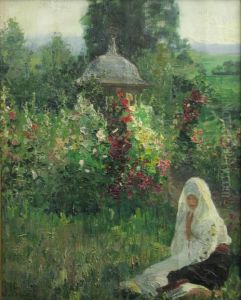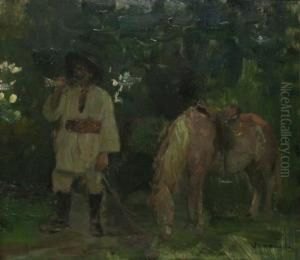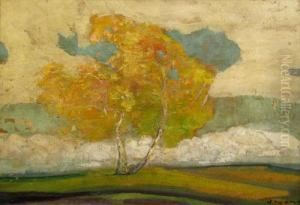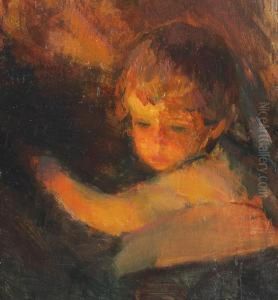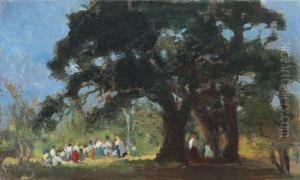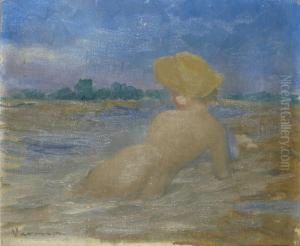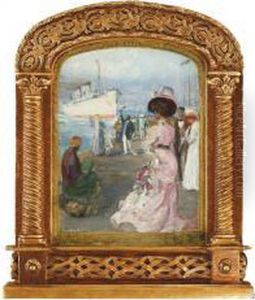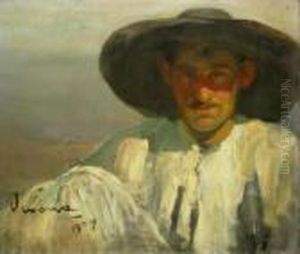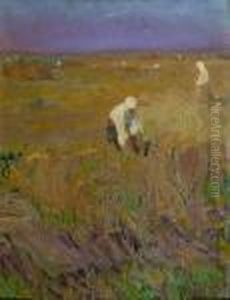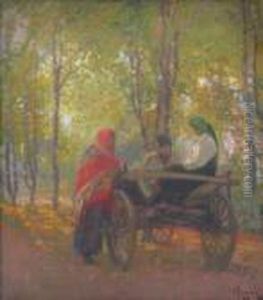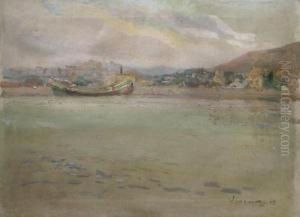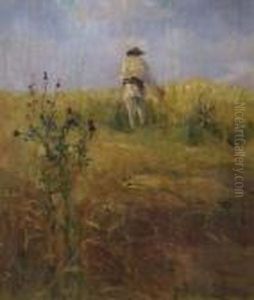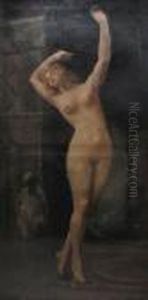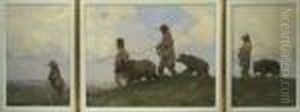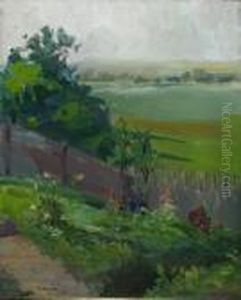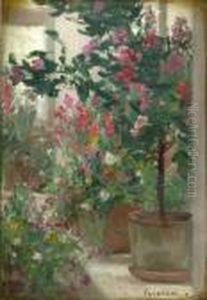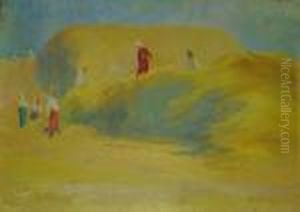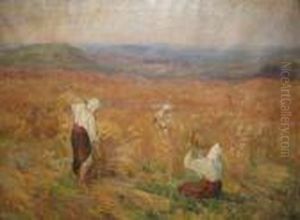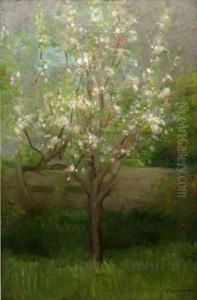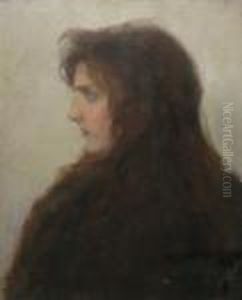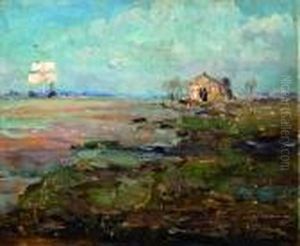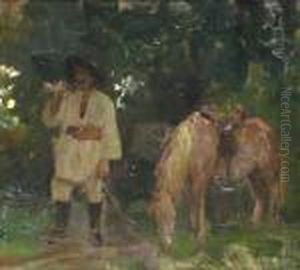Arthur Verona Paintings
Arthur Verona was a Romanian painter, engraver, art teacher, and illustrator, who played a significant role in the development of Romanian art in the late 19th and early 20th centuries. Born on June 27, 1868, in Iași, Romania, Verona showed an early interest in art and pursued his passion with dedication.
Verona studied at the School of Fine Arts in Iași before continuing his education abroad. He went to Paris, which was then the epicenter of the art world, to further his studies at the renowned Académie Julian. There, he was influenced by the French academic style and also absorbed elements of impressionism, which were prominent at the time.
Upon returning to Romania, Verona became an active member of the Romanian art community. He was one of the founding members of the Artistic Youth Society (Societatea Tinerimea Artistică), which aimed to invigorate the Romanian art scene by organizing exhibitions and promoting modern artistic trends. Through his involvement, Verona was instrumental in introducing new styles and techniques to the Romanian audience.
Throughout his career, Verona painted landscapes, still lifes, and portraits. His work was characterized by an emphasis on naturalism and a vibrant color palette. He also created illustrations for various publications, contributing to the cultural life of Romania beyond the canvas.
Arthur Verona was not only a prolific artist but also a respected teacher. He mentored many young artists as a professor at the School of Fine Arts in Bucharest. His teaching and guidance helped shape the next generation of Romanian artists.
Verona's contributions to Romanian art were recognized during his lifetime, and he received numerous awards and honors. He continued to paint and exhibit his work until his death on October 27, 1946, in Bucharest. His legacy lives on through his art and the impact he had on his students and the Romanian art community.
